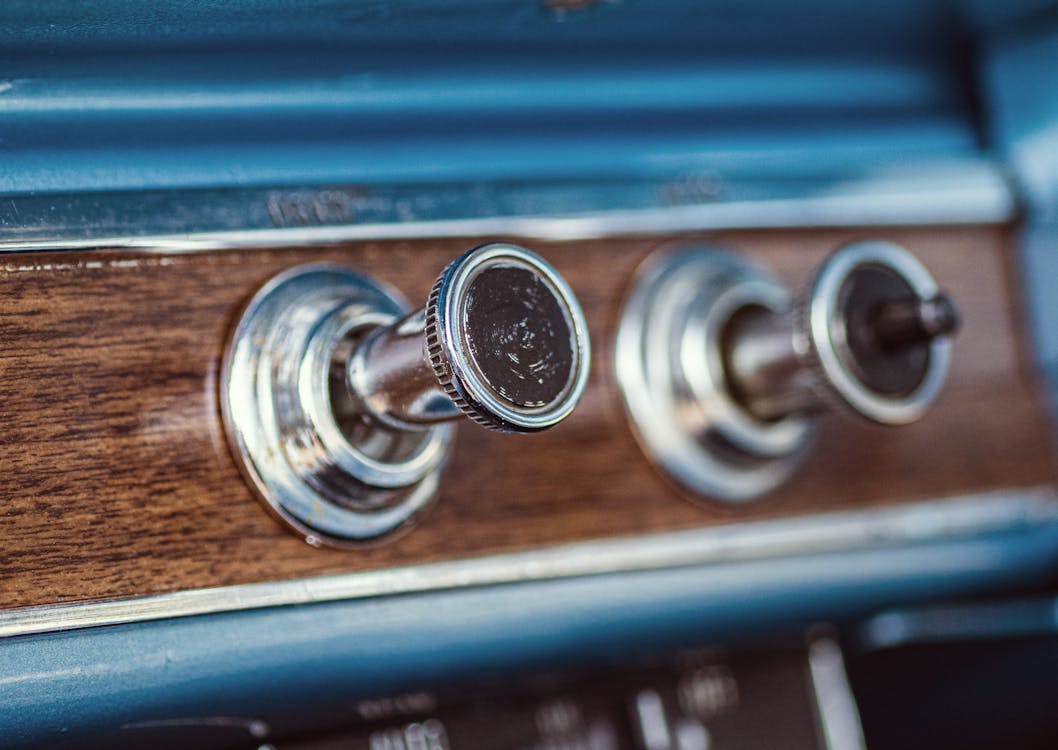The Surprising Resurgence of Buttons in Vehicles
The Surprising Resurgence of Buttons in Vehicles
Blog Article

For the past decade, cars and truck insides have actually been quickly developing towards smooth, screen-dominated control panels. Touchscreens changed traditional knobs, sliders, and switches in what several presumed was the unavoidable march of progress. Yet, in an unanticipated twist, physical buttons are silently making their back into modern vehicles. The shift signals more than simply a timeless nod-- it's a feedback to real-world comments from chauffeurs craving simpleness, security, and responsive complete satisfaction.
The Digital Overload Dilemma
When touchscreens first started taking over control panels, they felt like the future: clean, personalized, and loaded with features. They got rid of mess and allowed automakers to streamline their interiors with less physical elements. Yet as even more features were buried within digital menus, chauffeurs began to voice worries.
Touchscreens usually call for several steps to carry out fundamental jobs like changing the climate or altering the radio station. Unlike buttons, they lack the intuitive muscle memory that allows a chauffeur to change a setting without taking their eyes off the roadway. With a lot occurring on-screen, it ends up being all too easy to obtain sidetracked-- something nobody wants when traveling at freeway speeds.
The Return of Tactile Functionality
One of the biggest benefits of switches is their tactile feedback. You can feel them without requiring to look. This sensory reinforcement makes them not just hassle-free however safer for drivers. When your hand intuitively understands where the volume handle is or just how far to press a button to activate the defrost, it lowers the requirement to glance down or far from the road. And while touchscreens use benefit for infomercial and navigation, the crucial day-to-day functions-- like threat lights, audio controls, and HVAC-- feel far better suited to physical controls.
Actually, numerous vehicle drivers who formerly swore by electronic systems have actually revealed admiration for newer designs that blend modern-day aesthetic appeals with the practical feel of typical controls. It's not about turning down innovation-- it's regarding boosting use.
A Balanced Design Philosophy
Designers have paid attention to this changing sentiment. Rather than deserting displays, they're reassessing how they're integrated. The very best interiors now strike an equilibrium in between electronic convenience and analog accuracy. That means strategically placing buttons for crucial features while making use of electronic user interfaces for applications, navigating, and media.
This hybrid strategy is specifically preferred in lorries designed for long-distance driving or family members. The convenience of pushing a button without fumbling via a food selection makes a huge difference when you're trying to stay concentrated, comfy, and risk-free. Even in vehicles recognized for sophisticated technology, an easy rotary dial or responsive control can be the function that wins over vehicle drivers seeking thoughtful style.
Buttons and the Emotional Connection
There's likewise something uniquely psychological regarding switches. They bring a specific level of involvement that touchscreens just do not duplicate. Pressing a switch or turning a dial seems like you're physically engaging with your automobile-- it adds a layer of link that makes the driving experience much more delightful.
For those thinking about used Chevy cars, automobiles from current years typically supply the best of both globes: receptive touch user interfaces paired with classic physical controls. These designs bridge the gap in between technology and familiarity, making them optimal for vehicle drivers that appreciate modern functions without compromising convenience of use.
Modern Technology Isn't Just About Screens
It's easy to conflate technology with screens, but true advancement indicates boosting the vehicle driver experience. In this light, switches are a kind of clever layout. They're quickly, exact, and do not require interest. As vehicle style ends up being progressively driver-centric, comfort and intuitiveness take center stage.
This also ties straight right into the resale and trade-in value of automobiles. Autos that focus on easy to use functions tend to age far better in the eyes of future purchasers. If you're thinking about a Chevrolet trade in, knowing that your existing car offers a thoughtfully designed inside, complete with conveniently available controls, can have a favorable effect.
The Future Is Functional
As car makers re-evaluate the role of user interfaces in the cabin, they're guided by motorist responses and real-world functionality researches. The revival of switches does not signal a return to the past-- it's a progression in thoughtful, user-first design. It acknowledges that progression does not always indicate removing the old but incorporating it in such a way that makes driving more secure, simpler, and a lot more delightful.
If you're in the market and exploring Chevy new car deals, keep an eye on exactly how different models manage their interior controls. It's not just about the touchscreen dimension-- it's concerning just how the lorry aids you remain focused on the road while making your daily commute more instinctive. Buttons could not be the flashiest function, however they're rapidly becoming one of one check here of the most valued.
For more insights right into vehicle patterns, interior design technologies, and clever cars and truck buying suggestions, make sure to check back consistently. We're always upgrading the blog with fresh concepts to assist you browse the roadway ahead.